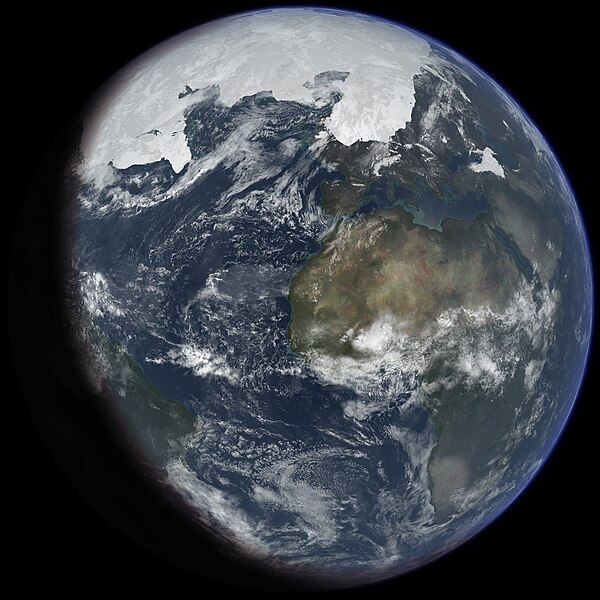The Weichselian glaciation was the last glacial period and its associated glaciation in northern parts of Europe. In the Alpine region it corresponds to the Würm glaciation. It was characterized by a large ice sheet that spread out from the Scandinavian Mountains and extended as far as the east coast of Schleswig-Holstein, northern Poland and Northwest Russia. This glaciation is also known as the Weichselian ice age, Vistulian glaciation, Weichsel or, less commonly, the Weichsel glaciation, Weichselian cold period (Weichsel-Kaltzeit), Weichselian glacial (Weichsel-Glazial), Weichselian Stage or, rarely, the Weichselian complex (Weichsel-Komplex).
Maximum extent of the ice (Brandenburg Stage) during the Weichselian in Germany and Poland (red line). Greatest extent of the older Saalian glaciation (yellow line). Note that the coastlines are modern; coastlines during the Weichselian were different as sea level was lower.
17.-18.000 year old fossils of marine mammals from below the retreating Scandinavian Ice Sheet in Denmark, Copenhagen Zoological Museum
Depiction of the Earth at the last glacial maximum. Illustration based on: Ice age terrestrial carbon changes revisited by Thomas J. Crowley (Global Biogeochemical Cycles, Vol. 9, 1995, pp. 377–389)
The Last Glacial Period (LGP), also known colloquially as the Last Ice Age or simply Ice Age, occurred from the end of the Last Interglacial to the end of the Younger Dryas, encompassing the period c. 115,000 – c. 11,700 years ago.
The Last Glacial Period caused a much lower global sea level
An artist's impression of the last glacial period at glacial maximum




